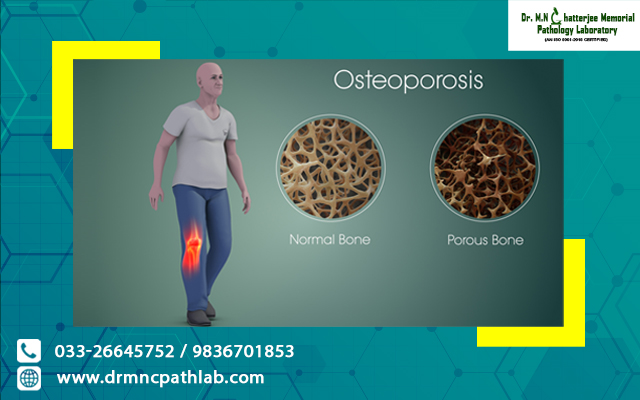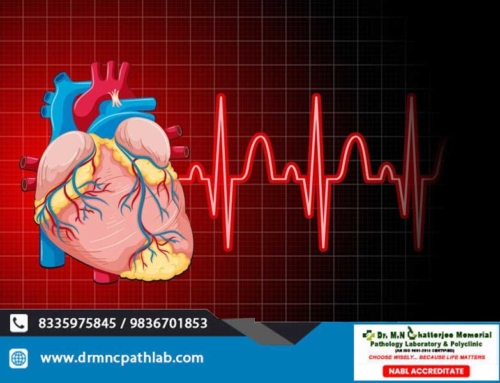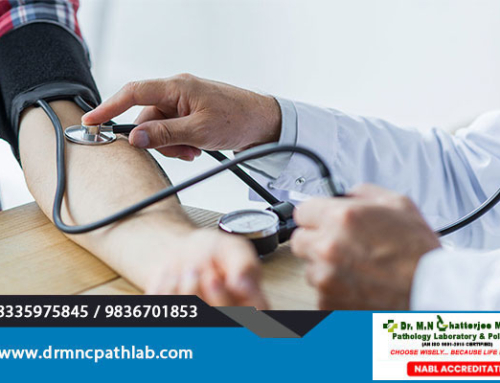When the bone density decreases in the body, osteoporosis develops. The body produces less bone tissue that is not enough to replace the bone tissue the body absorbs. The bones become porous and weaker in this condition. It leads to an increased risk of fractures. There can be fractures in the spinal vertebrae, hip and some peripheral joints. Some tests help to diagnose osteoporosis. A pathology centre near me has the necessary facilities for carrying out these tests.
Symptoms
As the development of osteoporosis is slow, it is always not possible for a person to know its presence in the body until there is a fracture or break in the bones. There can often be a break in the bones even after a minor accident. There are often changes in posture, the curvature of the spine and a stoop due to break in the spinal vertebrae.
Causes and Risk Factors
There is a continuous process of the making of a new bone and the breaking down of an old bone in the body. At a young age, your body makes new bones faster than it breaks down old bones. When people grow old, bone mass is lost at a faster rate than it is made. There are some factors that increase the risk of developing osteoporosis.
- Your sex: In comparison to men, women have more risk of developing osteoporosis.
- Age: The risk of osteoporosis increases as you get older.
- Family history: If someone in your family has osteoporosis, you have more risk of developing this condition.
- Body frame size: The risk of developing osteoporosis is more in men and women with small body frames.
Diagnosis
The doctor may suggest different tests for the diagnosis of osteoporosis. A number of patients go to a pathology lab in Hooghly for having these tests done.
- Bone X-ray: The doctor can get images of the bones in your body from this test. This helps in finding the bones which get fractured due to osteoporosis.
- CT scan of the spine: The assessment of the alignment and fractures of the spine is possible by CT scanning of the spine. It helps in measuring bone density and determining the chance of vertebral fractures in the future.
- MRI of the spine: It is possible to evaluate vertebral fractures for evidence of underlying disease by magnetic resonance imaging of the spine.
Treatment
The specialist at the doctor clinic in Hooghly treats many patients of osteoporosis. The aim of the treatment is to:
- Prevent or slow down the development of osteoporosis
- Reduce pain
- Prevent or slow down the development of osteoporosis
- Maximize the person’s ability to continue regular activities
- Prevent fractures
There are various medicines available for treating and preventing osteoporosis.
- Bisphosphonates: The most prescribed osteoporosis medicines are bisphosphonates.
- Monoclonal antibody medications: In comparison to bisphosphonates, these lead to better bone density and reduce the chance of fractures.
- Hormone-related therapy: It can be possible to maintain bone density estrogen therapy is started soon after menopause. In younger women or women who also need treatment for menopausal symptoms, there is the use of estrogen for bone health.
- Bone-building medications: The doctor may suggest these if you have problems with the more common treatments for osteoporosis.






